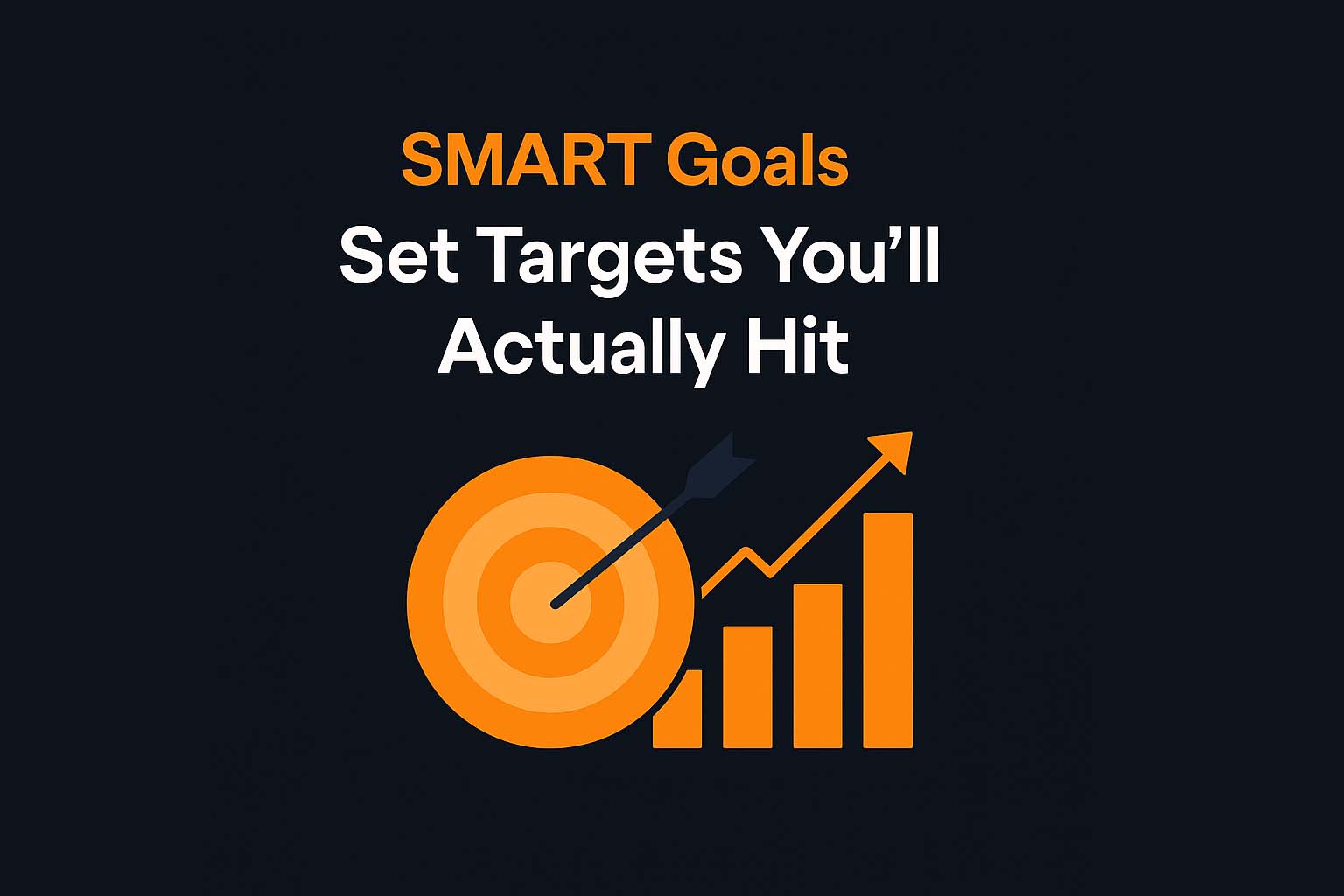Introduction
Everyone sets goals — save more money, pay off debt, or start investing. But without a clear plan, most goals fail. The SMART method transforms vague wishes into realistic, achievable financial targets. Here’s how to use it.
What Are SMART Goals?
SMART is a framework that makes your goals:
- Specific – Clear and detailed.
- Measurable – Easy to track progress.
- Achievable – Realistic given your resources.
- Relevant – Aligned with your life priorities.
- Time-bound – Deadline-driven.
Examples of SMART Financial Goals
1. Saving for an Emergency Fund
- ❌ Vague goal: “I want to save money.”
- ✅ SMART goal: “Save $1,000 in 5 months by transferring $200 monthly into a separate savings account.”
2. Paying Off Debt
- ❌ Vague goal: “I want to get rid of debt.”
- ✅ SMART goal: “Pay off $3,000 credit card debt in 12 months by paying $250 monthly.”
3. Investing for Retirement
- ❌ Vague goal: “I want to invest more.”
- ✅ SMART goal: “Contribute $150 monthly into an S&P 500 ETF for the next 10 years.”
Why SMART Goals Work
- They give you a roadmap instead of just a dream.
- They keep you accountable with measurable checkpoints.
- They help you stay motivated by breaking big goals into smaller wins.
Common Mistakes
- Setting unrealistic goals (“Save $50,000 in 6 months” without a plan).
- Forgetting to review progress.
- Copying someone else’s goals instead of focusing on your own priorities.
Conclusion
Financial success doesn’t happen by chance — it happens by design. Use the SMART framework to set clear, realistic, and motivating goals that you can actually achieve.
👉 Want help building SMART goals step by step? Join the Premium Plan for templates, coaching, and accountability.




